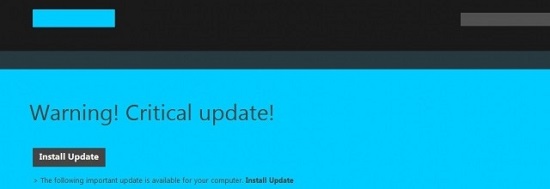

You can extract the MSU file and install the Windows update package as a CAB file using the command:

This tab shows which updates this update replaces ( This update replaces the following updates) and which update it replaces in turn ( This update has been replaced by the following updates). In the next window with update info, go to the Package Details tab. 2022-03 Cumulative Update for Windows 10 Version 20H2 for 圆4-based Systems (KB5011487), Windows 10 version 1903 and later, Security Updates, - 655.6 MBĬlick on the name of the security update KB5011487.There is only one large (over 600MB) cumulative update available for my Windows 10 build: Since Microsoft uses cumulative updates, you just need to download and install the latest Cumulative Security Update for your OS version. How can you decide which of these updates you need to download and install? Of course, you can download and install them all, but you can save time.

Microsoft Update Catalog has returned a list of 3 updates. In our case, to search for March 2022 security updates for Windows 10 20H2 圆4, copy the following search query and paste it into the search field in the right upper corner: This article was written on March 10, 2022, so the latest security updates were released two days ago on March 8 (the second Tuesday of the month).
#MICROSOFT CRITICAL UPDATES HOW TO#
Let’s take a look at how to make a correct query to find updates for your Windows version in the Microsoft Update Catalog. If you don’t know the number of KB you need to install, it’s pretty hard to find and download the right MSU update package. The main problem is that there is no convenient search function in the Update Catalog. You can find any update for all supported Windows versions (the direct import of updates via WSUS console is also supported). You can manually download the recent updates for Microsoft products from the Microsoft Update Catalog. How to Find and Download the Latest Security Update for Windows? In my case, I need to download the latest security updates for Windows 10 20H2 圆4. Get-ComputerInfo | select WindowsProductName, WindowsVersion, OsHardwareAbstractionLayer, OsArchitecture WindowsProductName WindowsVersion OsHardwareAbstractionLayer OsArchitecture Next, you need to find out the version and build number of your Windows. Get-WUHistory|Where-Object |Sort-Object date -desc You can also display the Windows Update installation history using the Get-WUHistory cmdlet from PSWindowsUpdate module:


 0 kommentar(er)
0 kommentar(er)
